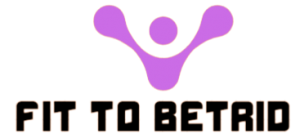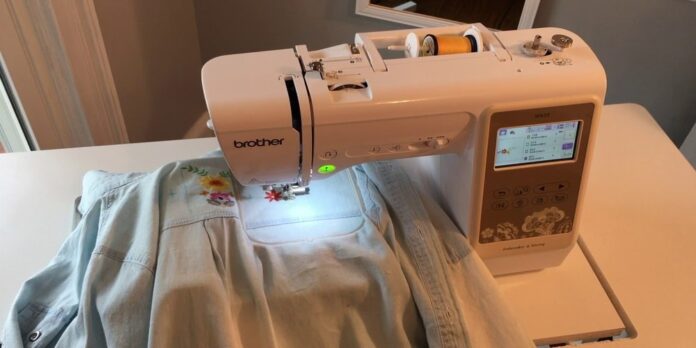Choosing the finest t shirt embroidery machine and sweatshirts may be challenging for anybody, whether they are embroidery novices or experts. Embroidering shirts involves a lot of little details, and there are many shirt embroidery machines on the market.
1. Combo vs. Embroidery Machine
On the other hand, a machine designed specifically for embroidery does nothing but that. Sewing is optional, but you’ll need a dedicated device or forego the task altogether. The fact that you need one machine instead of two is a significant advantage of combination machines. Nonetheless, if you solely want to embroider, the added cost of a 2-in-1 machine is the major downside.
2. Hoop Sizes for the Biggest Embroidery
If you’re trying to pick between various t-shirt embroidery machines, the embroidery hoop size may be the deciding factor. Every embroidery machine has a maximum hoop size and embroidered area size. Due to the size of the hoop, there is a cap on the design area that may be stitched simultaneously. For instance, embroidery machines have varying embroidery areas, and those with a 5×7 inch area cannot sew anything more than that in a single pass. If your design is on the larger side, you’ll need to either use a repositionable hoop or divide it up digitally before stitching it onto your shirt.
3. Manual Thread vs. Multi-Needle Commercial Embroidery Machine
It can take an extremely long time for a single-needle embroidery machine to stitch out a multicolored, dense pattern. They are changing thread colors after every few stitches adding extra time. T-shirt embroidery fans on a tight budget probably won’t afford a multi-needle machine. If you plan to make a living off your designs, you should invest in a multi-needle embroidery machine. A multi-needle embroidery machine allows you to stitch in several colors without stopping to switch threads manually.
4. Free-Arm Embroidery
If you want to embroider things like shirt cuffs or pockets that won’t fit in a single embroidery hoop, you should seek a machine that has a free arm. This feature, more typical of multi-needle embroidery machines, makes it much simpler to stitch in tight spots like the cuffs, pockets, and even the smallest onesies.
6. The Rate of Stitching
It will take longer to finish your job if your embroidery machine needs to be more active. Compared to a slower machine, a faster embroidery machine will complete your work more quickly but also cost more. It takes me around 5 minutes of actual sewing time on my embroidery machine to finish a basic 4×4 monogram or appliqué in a single color. Embroidering a huge pattern can take me over an hour if I reop and divide designs numerous times due to frequent thread changes.
7. Manual vs. Automatic: Jump Stitch Trimming
Next to hooping elastic materials, manually trimming jump stitches is my least favorite part of embroidering for the simple reason that I don’t always limit my trimming to just the jump threads. Decorating those small items requires excellent eyesight and dexterity. While the number of jump stitches in many commercially available patterns is intentionally kept to a minimum, this is different when using an automatic digitizing program.






